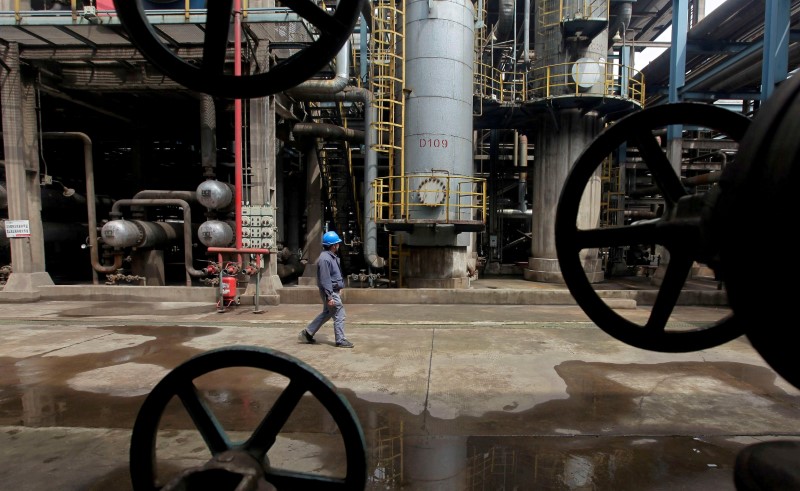By Gina Lee
Investing.com – Oil was up Friday morning in Asia, but was headed towards the biggest weekly decline since mid-March 2021. Worsening outbreaks of COVID-19 involving the Delta variant in some countries and uncertainty over an Organization of the Petroleum Exporting Countries and allies (OPEC+) deal to boost supply clouded the short-term outlook for the black liquid, however.
Brent oil futures were steady at $73.47 by 12:58 PM ET (4:58 AM GMT) and WTI futures inched up 0.08% to $71.71.
COVID-19 outbreaks involving the Delta variant have prompted some countries to tighten restrictive measures, thus crimping fuel demand.
Indonesia surpassed India in new daily COVID-19 cases during the past week, becoming Asia Pacific’s new virus epicenter in the process. A second Australian city entered a lockdown as Melbourne joined Sydney, which in turn extended current restrictions through the end of July.
In the U.S., Los Angeles County mandated the wearing of face masks indoors, including those who have been vaccinated, as COVID-19 case numbers surged.
Meanwhile, the United Arab Emirates (UAE) continues to move closer towards a deal with Saudi Arabia as talks continue and few details were revealed. The deal would resolve a dispute that has dragged on for weeks and allow OPEC+ to boost output in the following months.
The need for OPEC+ supplies will continue to climb, remaining well above the group’s current production and exceeding pre-COVID-19 levels by the second half of 2022, the cartel said in a report on Thursday. A potential lull in the first quarter of 2021, however, could see the market return to surplus.
Oil’s rally in seven of the past eight months ran into a snag in July as the global economy showed signs of recovery from COVID-19.
The International Energy Agency warned earlier in the week that the market would significantly tighten if OPEC+ cannot reach a deal also tilted risk upwards. However, Citigroup Inc (NYSE:C). predicted Brent futures will rise above $80 a barrel even with a deal.
